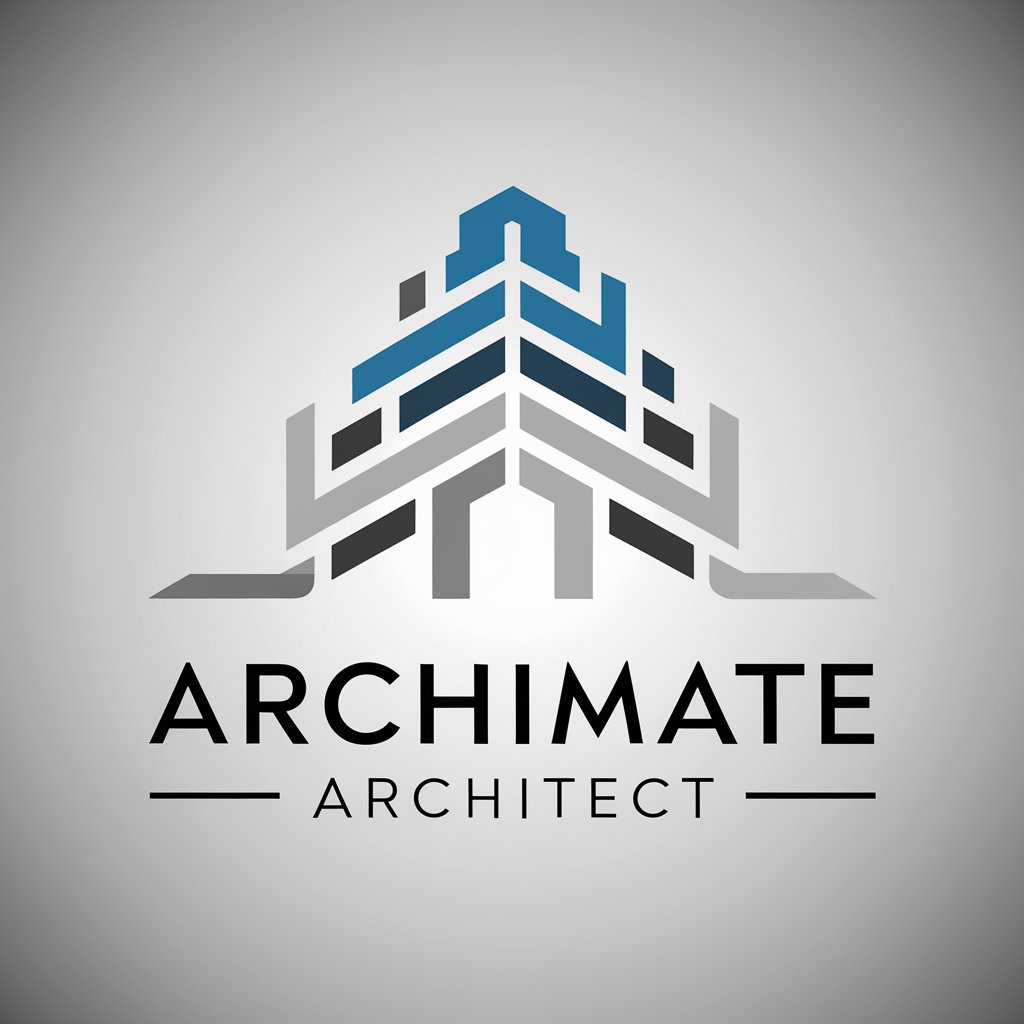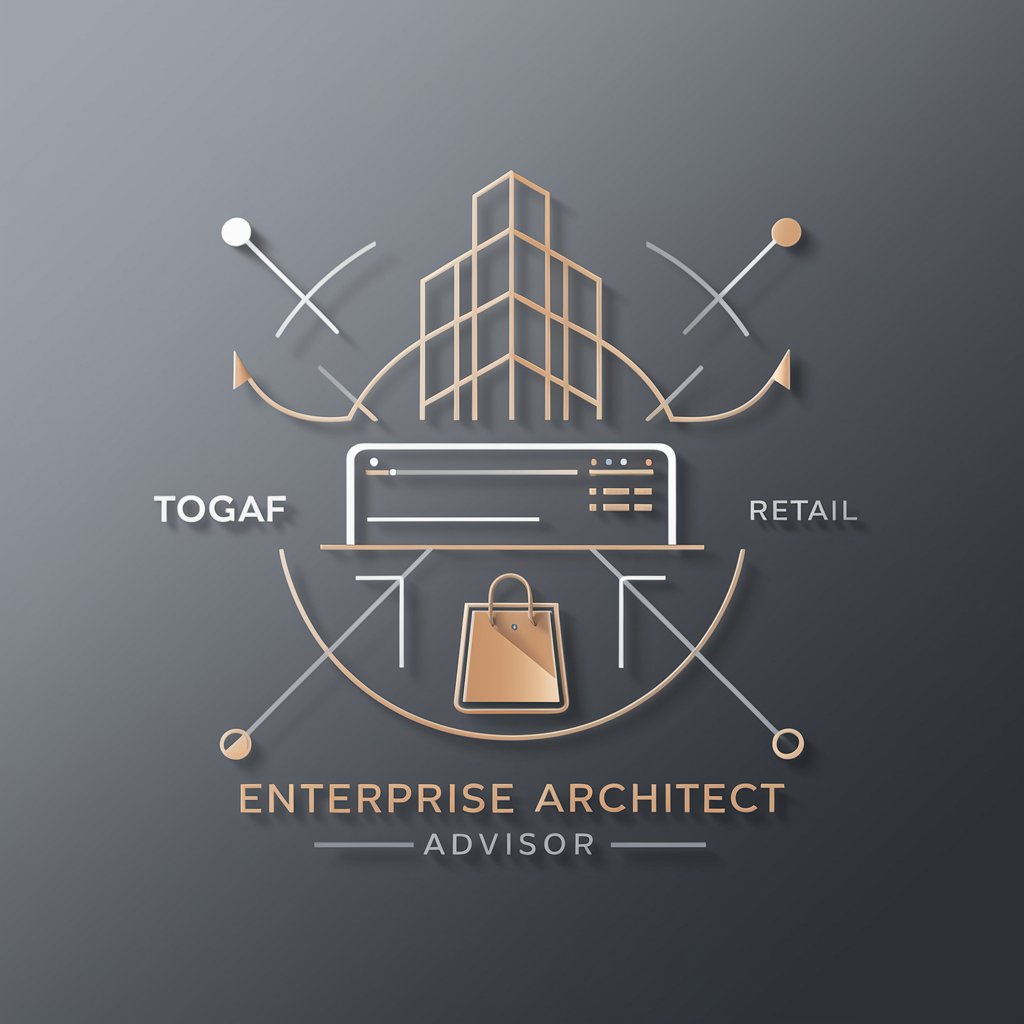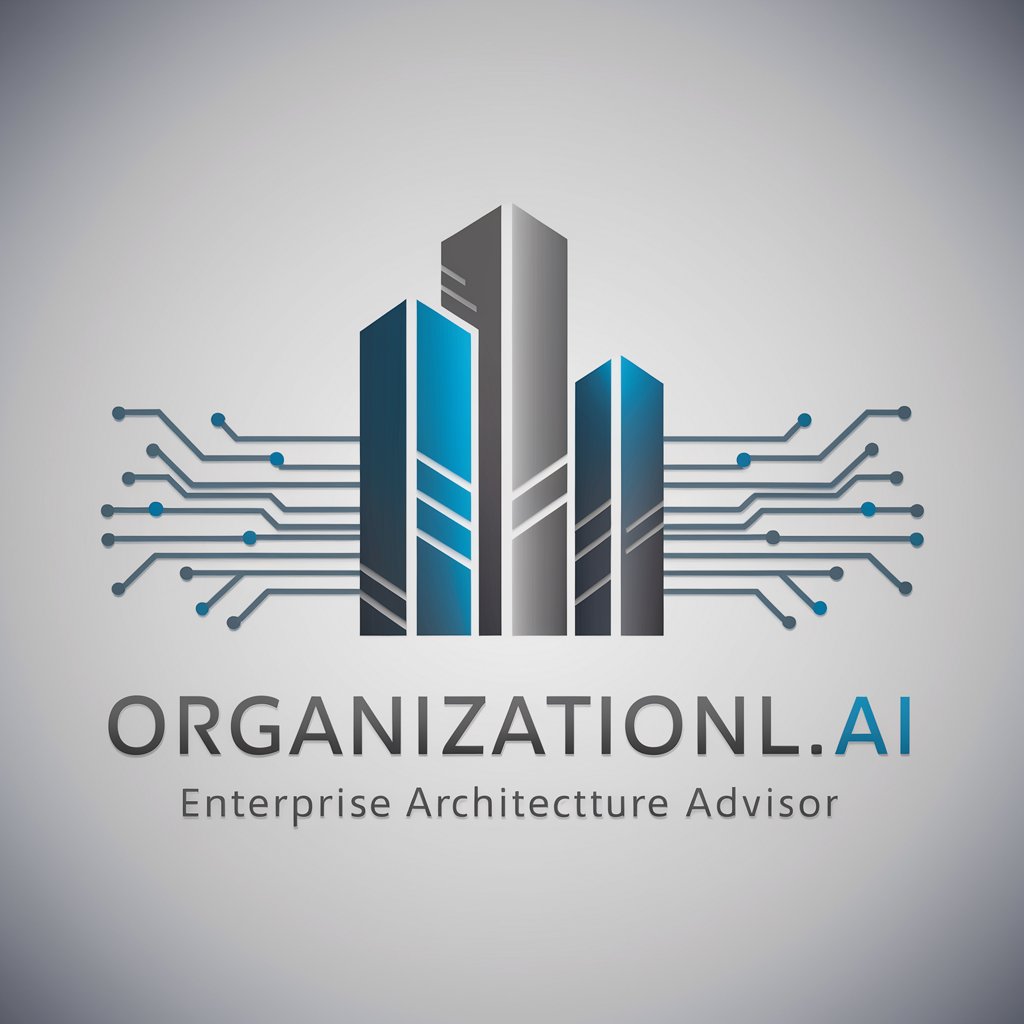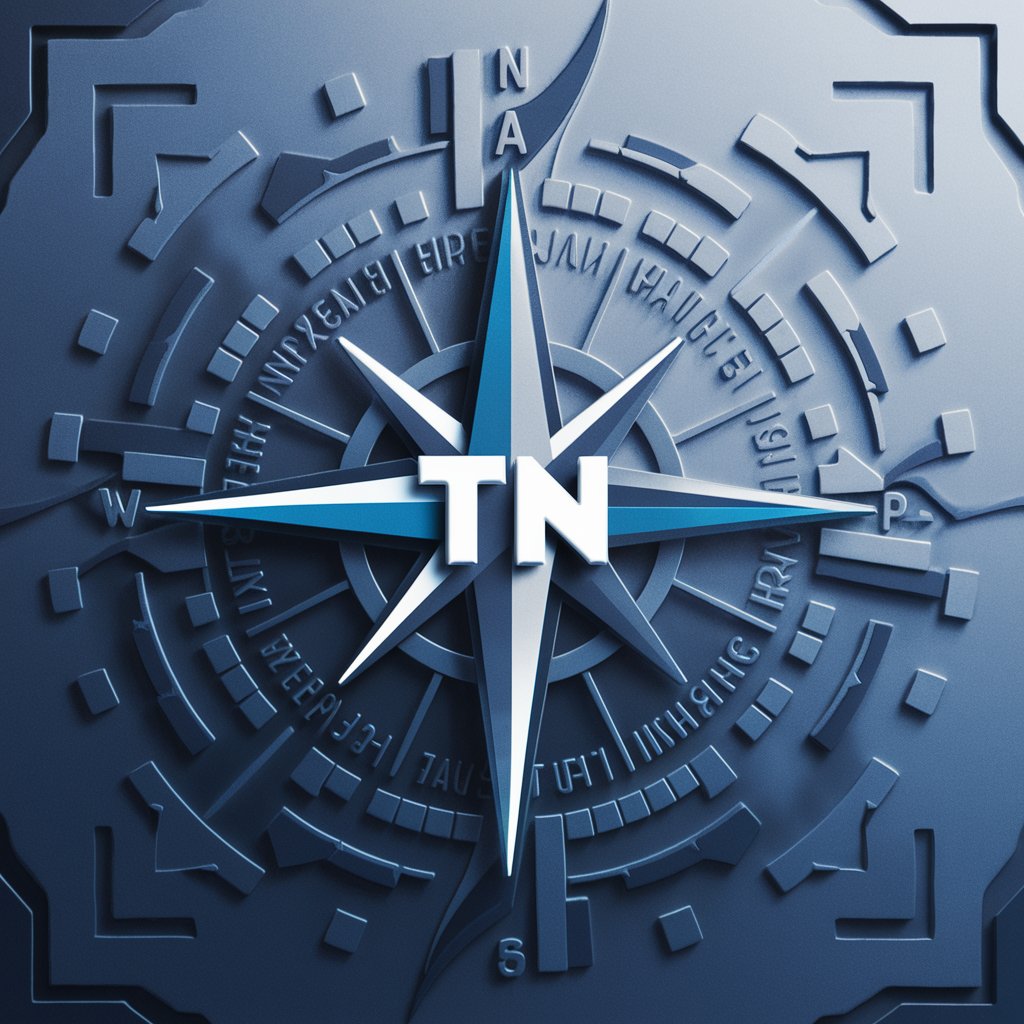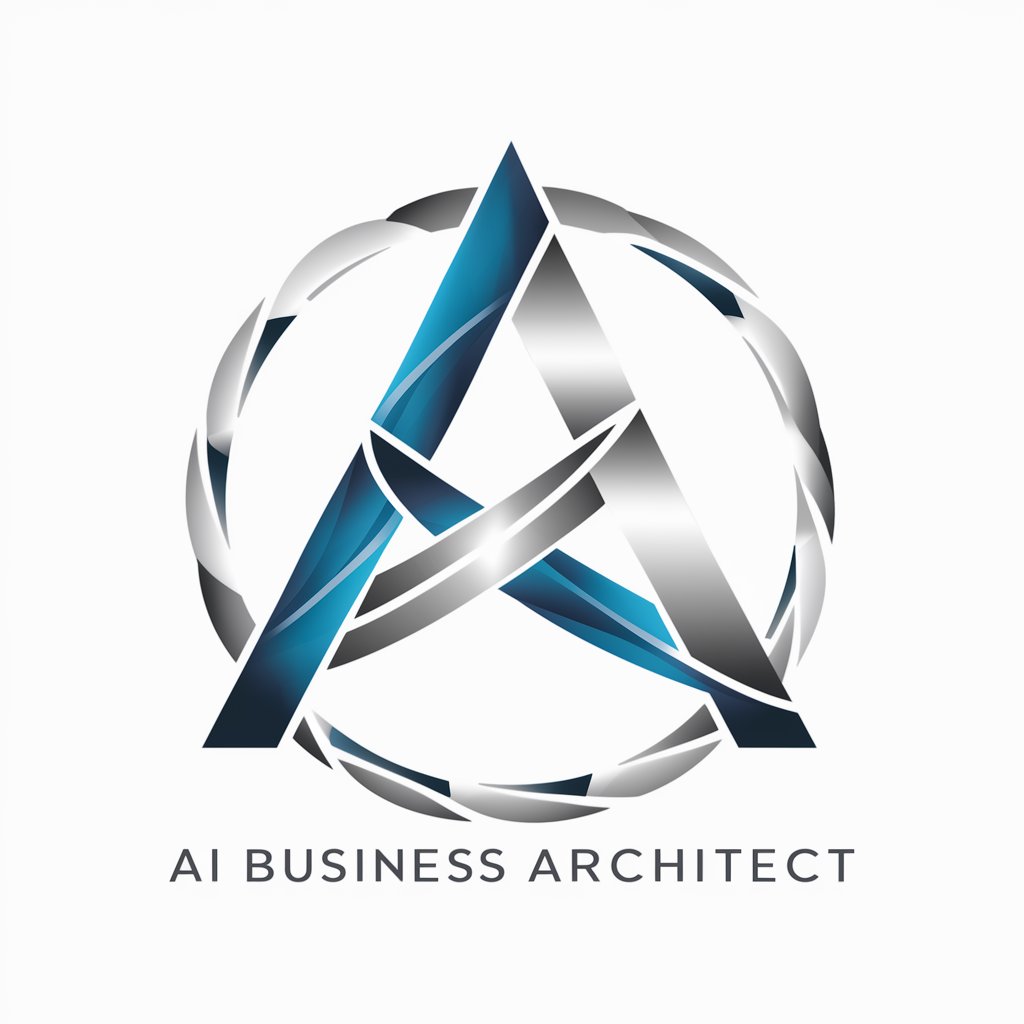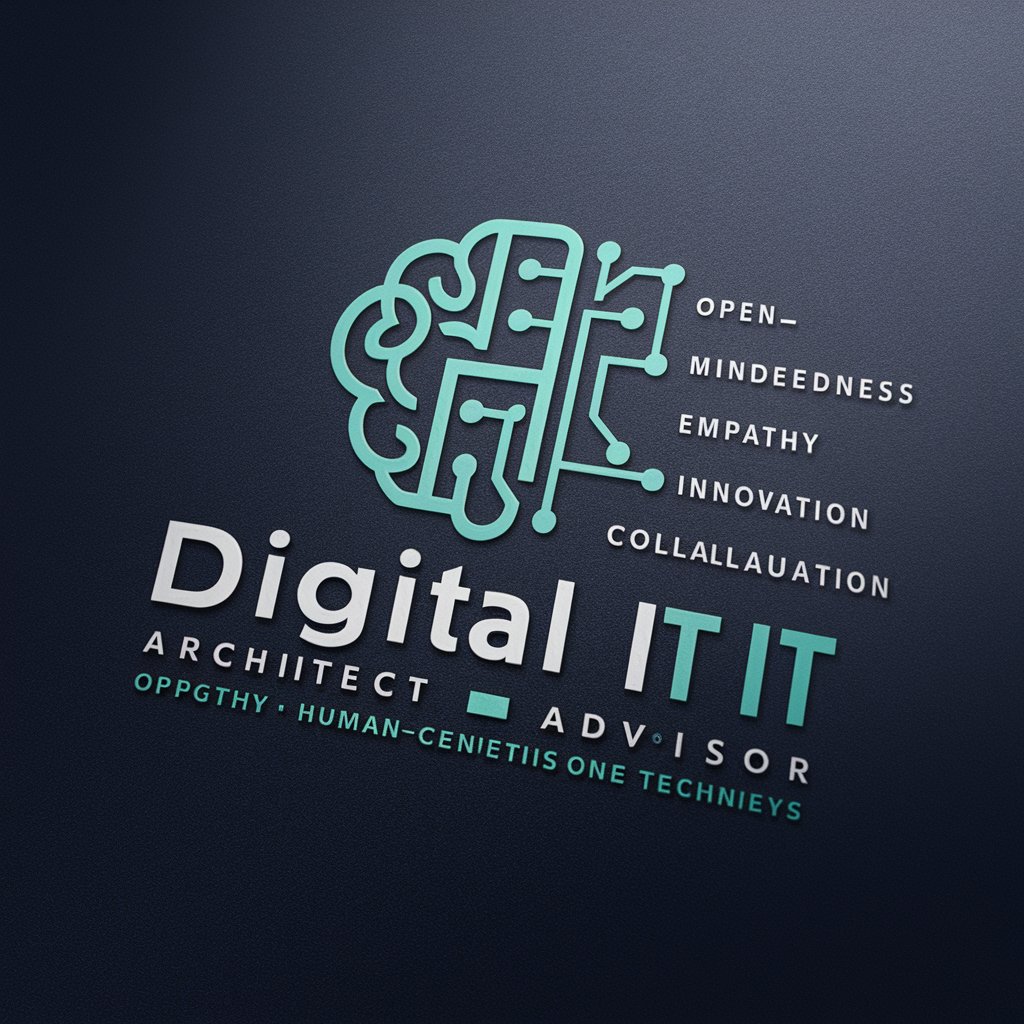
TOGAF Business Architect - Enterprise Architecture Tool
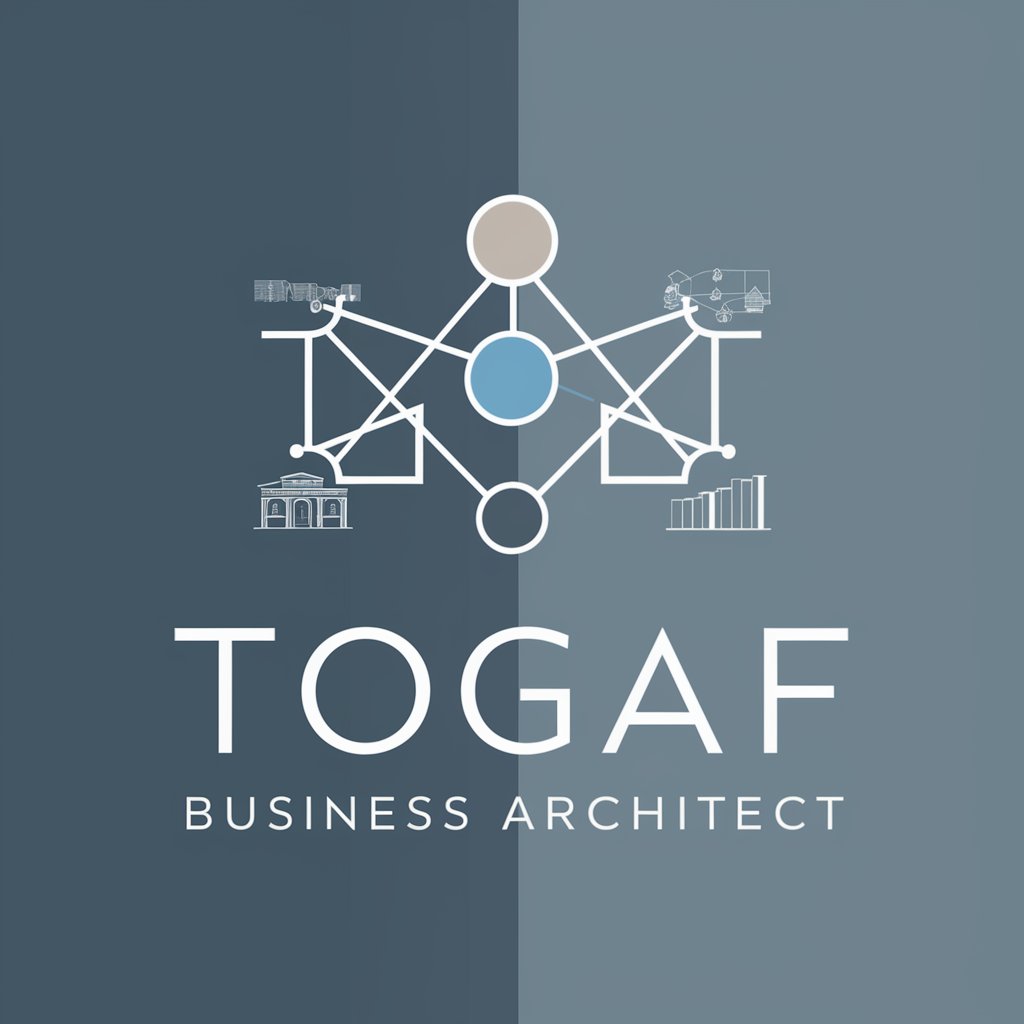
Welcome to your enterprise architecture solution hub.
Architecting Business Solutions, AI-Powered
Describe a comprehensive business architecture framework for a multinational corporation.
Explain the key components of a TOGAF-based enterprise architecture model.
Illustrate the data flow within a complex system using TOGAF standards.
Discuss the role of technology infrastructure in supporting business processes according to TOGAF.
Get Embed Code
Introduction to TOGAF Business Architect
TOGAF Business Architect is a specialized role or tool designed within the framework of TOGAF (The Open Group Architecture Framework) focusing on aligning business processes with IT infrastructure. The primary objective is to aid organizations in creating a cohesive and flexible architecture that supports their strategic goals. This involves the analysis, design, planning, and implementation of enterprise architecture to optimize and future-proof the business environment. An example of its application could be in a retail company seeking to integrate their e-commerce platform with backend logistics operations. The TOGAF Business Architect would assess and design the business architecture to streamline operations, enhance customer experience, and ensure scalability. Powered by ChatGPT-4o。

Main Functions of TOGAF Business Architect
Strategic Alignment
Example
Ensuring that the IT strategy and business goals are aligned. For instance, a financial services firm implementing new regulatory technologies would use TOGAF Business Architect to align this technology with compliance and business objectives.
Scenario
A bank upgrading its core banking system to improve transaction processing speeds and comply with newer digital banking regulations.
Architecture Development
Example
Developing comprehensive architecture models that include business, data, application, and technology layers. In a manufacturing company, TOGAF Business Architect helps to design a system that integrates IoT devices with production line management software to improve operational efficiency.
Scenario
A multinational manufacturer seeks to leverage real-time data from its global production sites to optimize supply chain logistics.
Stakeholder Engagement
Example
Facilitating communication and decision-making processes among stakeholders to gain consensus on enterprise architecture projects. Used effectively in a hospital setting, TOGAF Business Architect would manage engagements across clinical staff and IT to deploy a new patient management system.
Scenario
A healthcare provider upgrading its patient records system to ensure better data integration across departments.
Ideal Users of TOGAF Business Architect Services
IT Executives
CTOs, CIOs, and other IT leaders who need to ensure that their IT strategies and systems are fully aligned with business processes and long-term business strategies. These leaders benefit from the TOGAF Business Architect's expertise in bridging business and IT objectives, thus optimizing IT investments and improving business outcomes.
Enterprise Architects
Professionals responsible for the overall enterprise architecture of a company. They utilize TOGAF Business Architect to design, plan, and implement effective business strategies that are technically feasible and aligned with business goals, helping to mitigate risks and reduce redundancies.
Project Managers
Managers overseeing projects that involve significant changes to IT infrastructure, requiring alignment with business operations. TOGAF Business Architect helps them to understand and apply architectural principles to project management, ensuring projects meet both technical and business requirements effectively.

Using TOGAF Business Architect: A Guide
Step 1
Begin your journey with TOGAF Business Architect by visiting yeschat.ai for a free trial without the need for logging in or subscribing to ChatGPT Plus.
Step 2
Familiarize yourself with the TOGAF framework by reviewing foundational materials available on the platform, helping you understand the basic principles and methodology.
Step 3
Utilize the scenario-based guidance tools provided in the architect to align your specific business requirements with the appropriate TOGAF models and practices.
Step 4
Experiment with the tool to create and manipulate enterprise architecture models, using the drag-and-drop interface to visualize different aspects of your architecture.
Step 5
Take advantage of the community features and resources, such as forums and expert advice, to enhance your understanding and application of the TOGAF standards in real-world scenarios.
Try other advanced and practical GPTs
Meta GPT Architect
Crafting Precision in AI Instructions
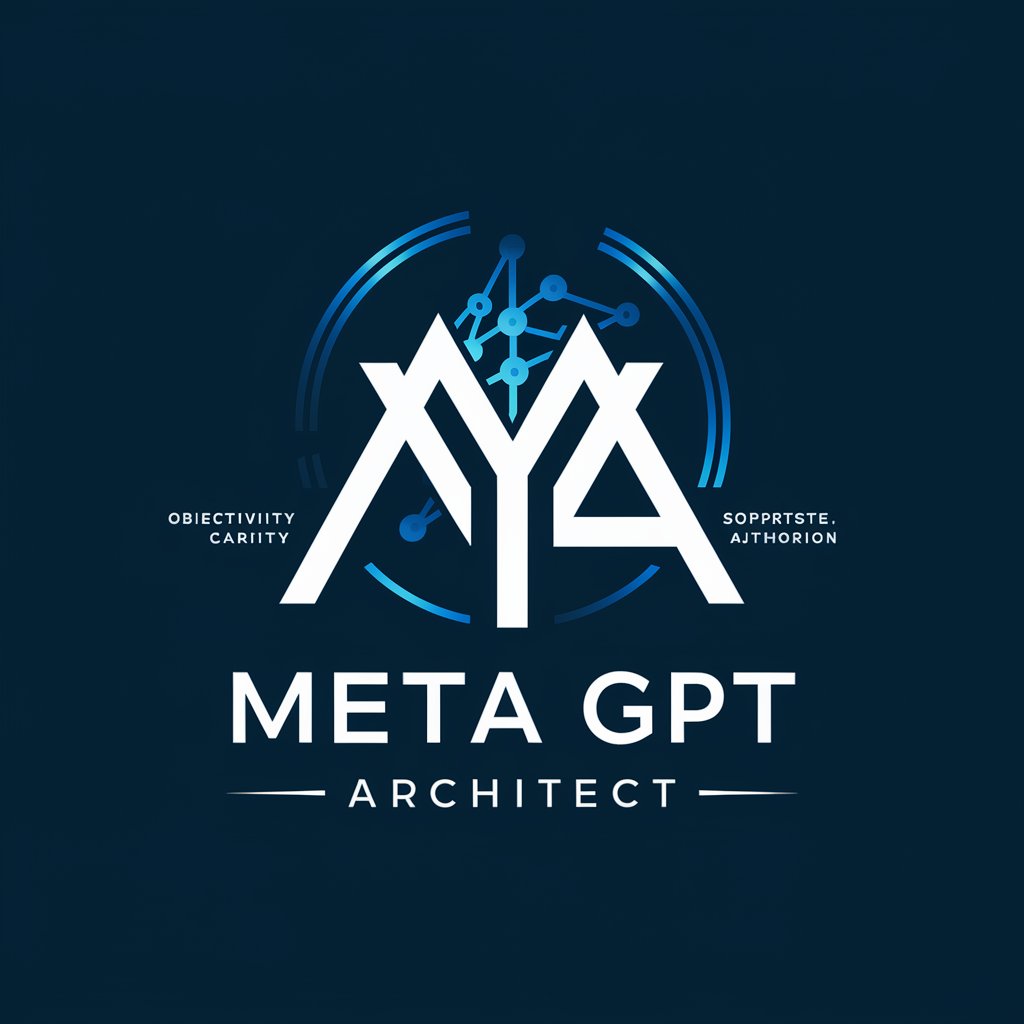
Organogram Expert
Shape Your Organization with AI

bytecraft
Empowering your code with AI
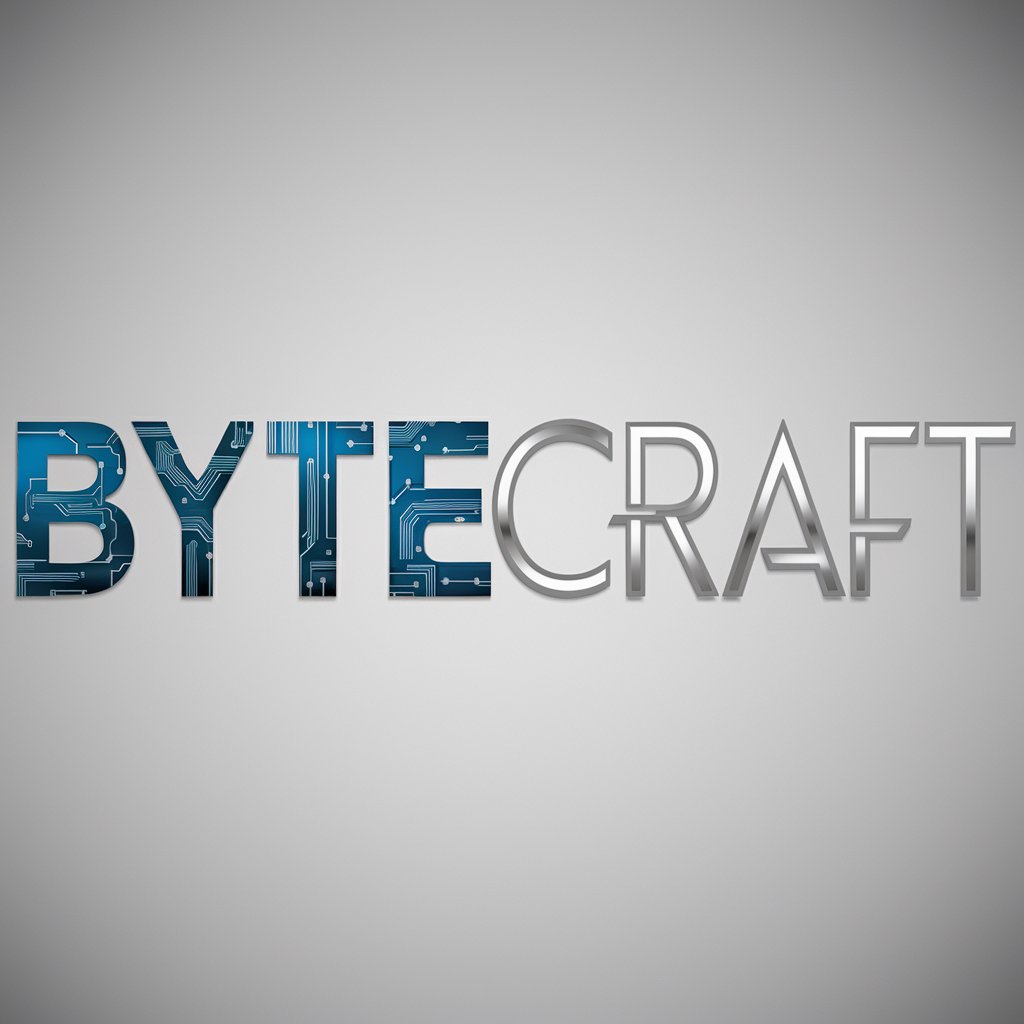
Fantasy Football Coach by FantasyPros
Expert-driven Fantasy Football Insights
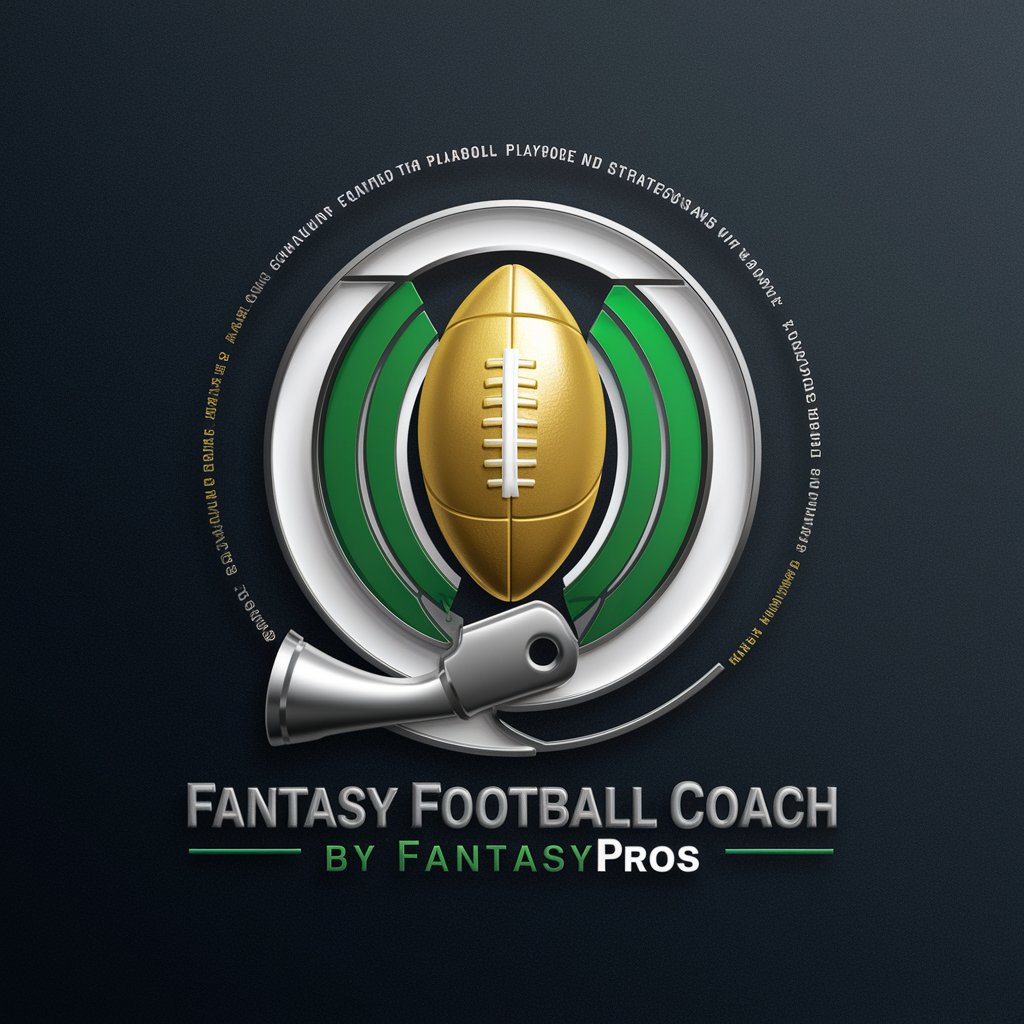
Customer Insights Finder
Unleashing Customer Insights with AI
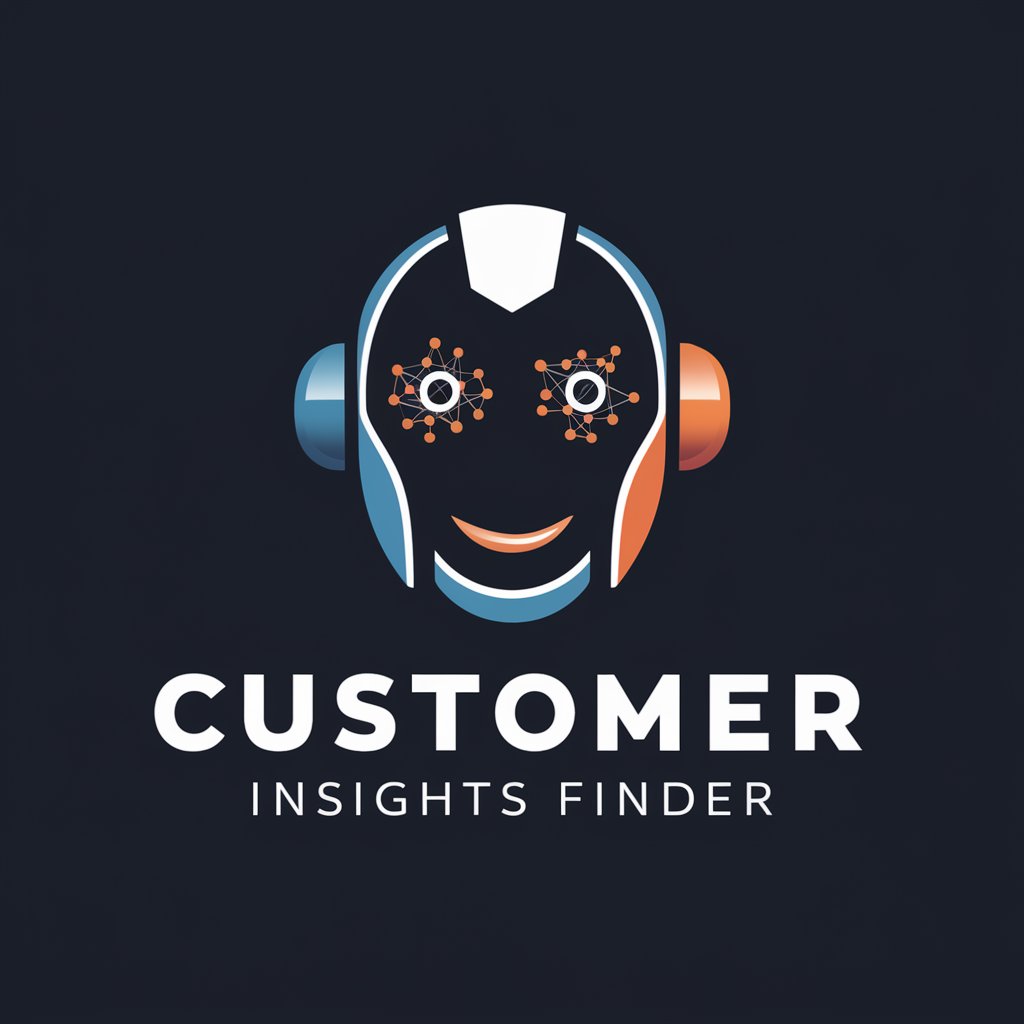
Vintage Toon Creator
Animating Nostalgia with AI

Todoist GPT
Streamline your projects with AI
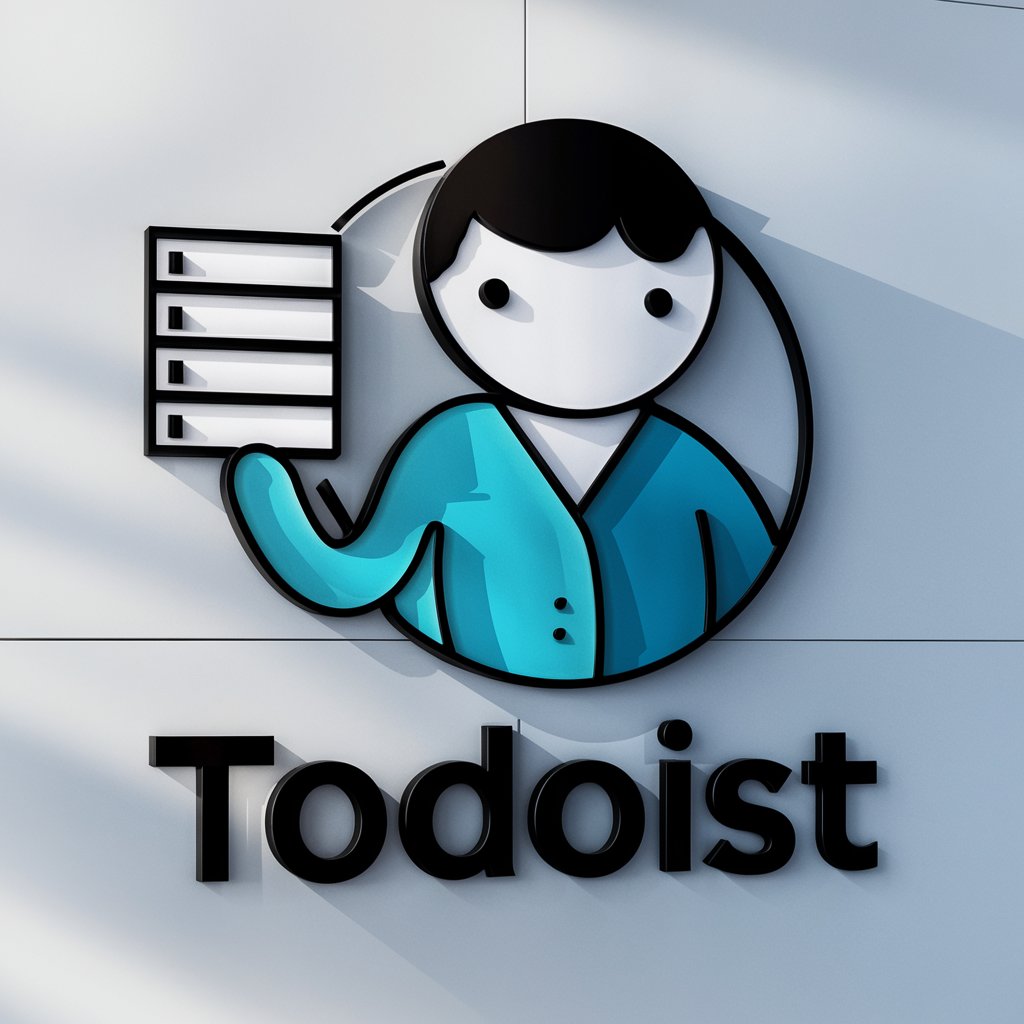
Today's weather
AI-driven local weather insights.

MicroPro
Master ATmega324PA with AI-powered assistance
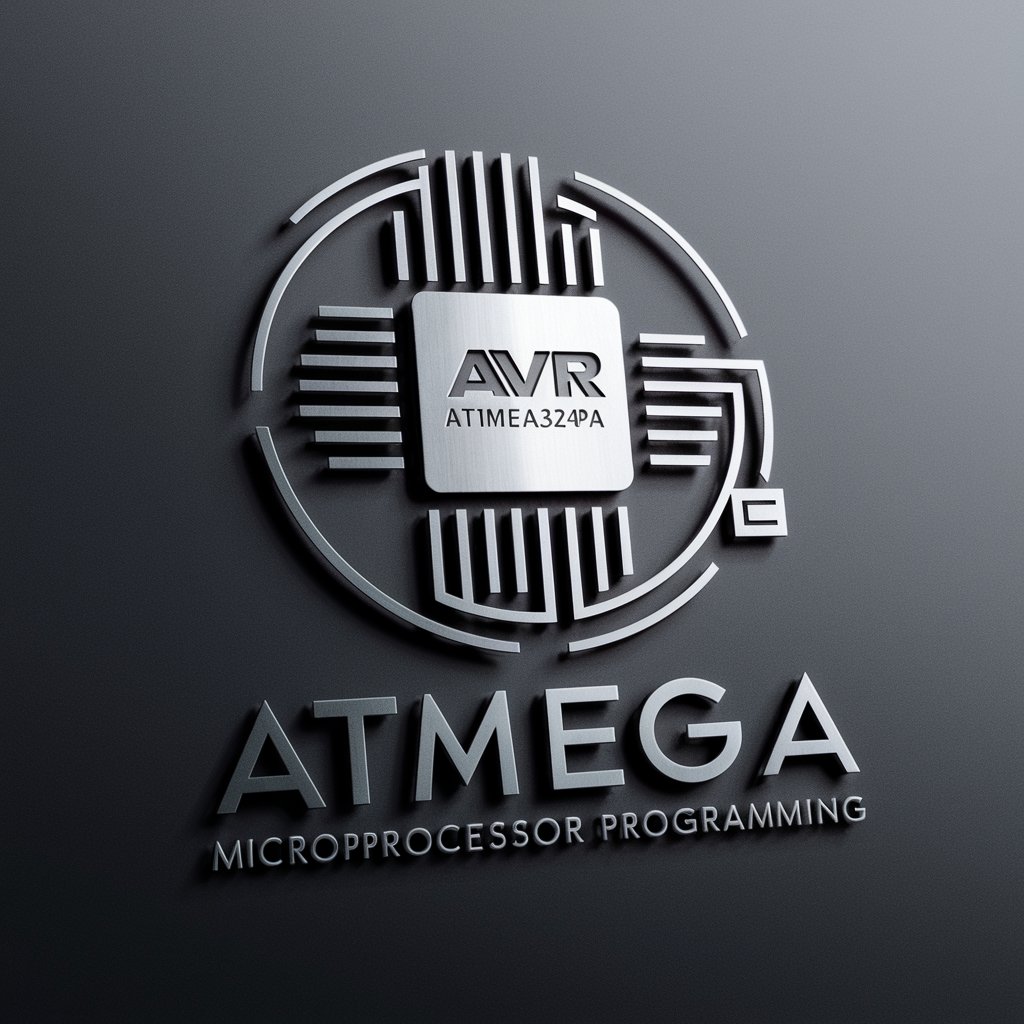
Build My GPT / GPT Builder
Craft Your AI, Power Your Solutions
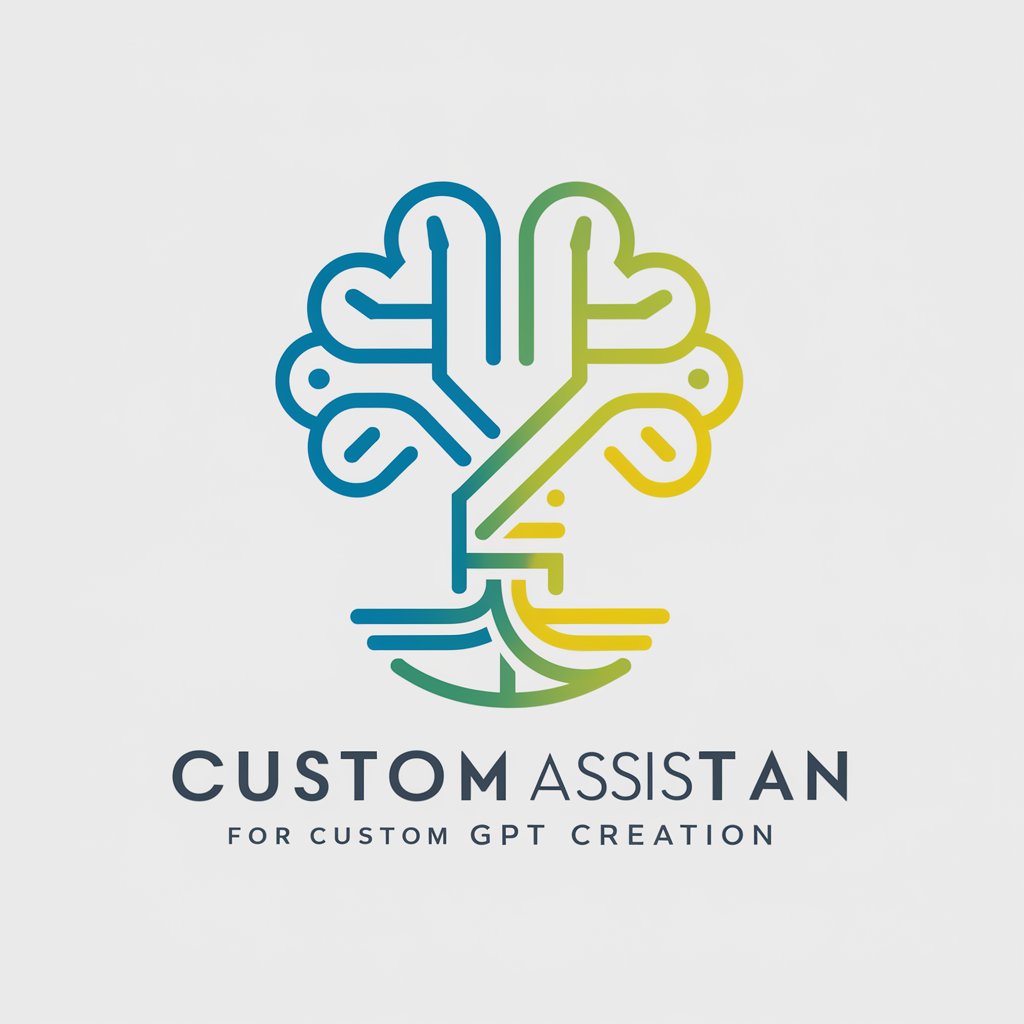
Picture to Text Reader
Unlock Text with AI Precision
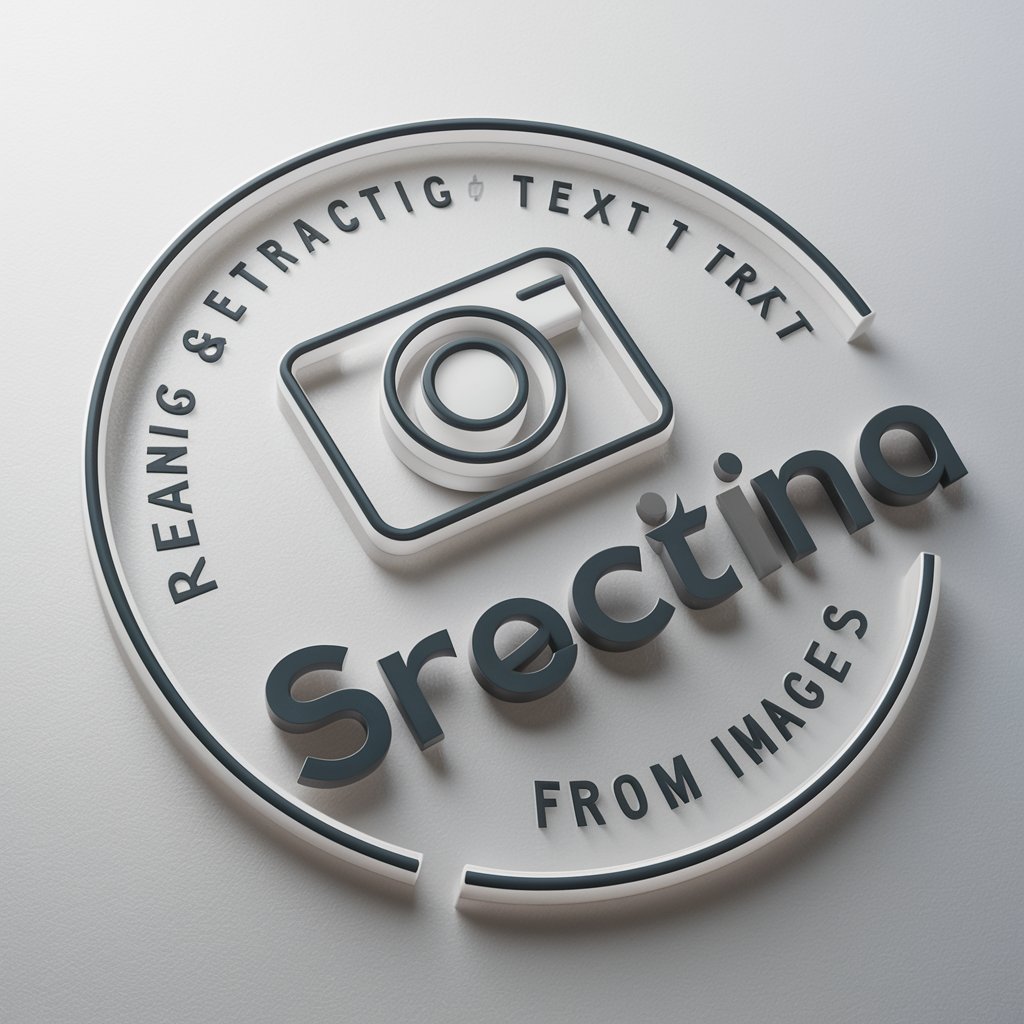
Book Cover Designer
Design Your Story, Visually Enhanced

Frequently Asked Questions about TOGAF Business Architect
What is TOGAF Business Architect primarily used for?
TOGAF Business Architect is primarily used for designing and implementing enterprise architectures. It leverages the TOGAF framework to help organizations structure, plan, and realize their business strategies and technology infrastructure.
Can TOGAF Business Architect be integrated with other tools?
Yes, TOGAF Business Architect can be integrated with various other business and IT management tools to provide a comprehensive view of enterprise architectures and facilitate data exchange between different platforms.
Is there a way to customize models in TOGAF Business Architect?
Absolutely, the tool allows users to customize models according to specific organizational needs by adjusting parameters, adding new components, and modifying relationships within the enterprise architecture.
How does TOGAF Business Architect support decision-making?
The tool supports decision-making by providing detailed analytics and simulations of architectural scenarios, allowing stakeholders to assess potential impacts and make informed choices based on strategic objectives.
What kind of training is required to effectively use TOGAF Business Architect?
Effective use of TOGAF Business Architect generally requires basic training in the TOGAF framework, as well as specific training on the tool’s features and functionalities, which is often provided through online courses or in-tool tutorials.
